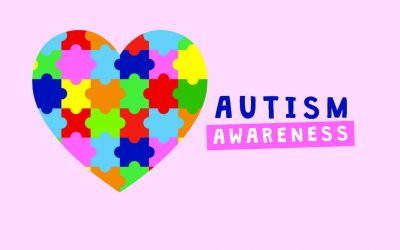California Autism Epidemic Exploding
Astounding 31% One-Year Increase 10 New Cases added Daily
[This report comes from autism advocate Rick Rollens, who works
closely with the California Department of Developmental Services. The
opinions expressed and conclusions drawn are not necessarily those of the
Schafer Autism Report.]
According to the latest figures just released by the California
Department of Developmental Services, in 2002 California experienced an
astounding 31% one year increase in the number of new children
professionally diagnosed with the most severe cases of autism entering
it’s developmental services system. The 31% one year increase from 2001 to 2002
represents an all time record number of new cases in the system’s 33-year
history, 3,577 new severely autistic children added in just the past 12
months.
The figures reported by the Department DO NOT include persons with
PDD, NOS, Asperger’s, or any other autism spectrum disorders, just those
who have received a professional diagnosis of level one, DSM IV autism.
According to the Department, eight years ago, in 1994, there were
5,108 cases of level one autism in the entire system, as of January 6,
2003; there are now 20,377 cases of level one autism in the system.
From 1971 to 1980, California consistently added one to two hundred
new cases a YEAR. In 2002, California added 3,577 new cases. Since 1980,
the documented start of California’s autism epidemic, the numbers of new cases
have exploded to where we are today with California adding, on average, 10
new children a day, 7 days a week with the most severe form of autism to
it’s system, an increase of over 2 additional new children per day over
the 2001 rate of 8 children a day. Keep in mind that from January 1994 to
January 1995, California added on average 2 new children a day…today we
are adding 10 children a day.
One only needs to examine the age distribution of the persons in the
system to recognize the genesis of this epidemic. Over 81.5% (8 out of 10)
of the autism population in the system were born AFTER 1980…. with 2 out
of 3 persons in the system currently between the ages of 3 and 13 years
old, compared to 18.5% (less then 2 out of 10) who were born BEFORE 1980.
Autism now accounts for 40% of all of the new intakes to the system,
making level one autism the number one disability entering California’s DD
system. (The other eligible conditions besides level one autism are mental
retardation, cerebral palsy, epilepsy, and other conditions similar to
MR.)
As a result of the fact that the inclusion of new cases in the data
system begins with children 3 years of age and older (ages 0-2 are not
collected on the CDER database), and since mercury containing vaccines are
still in use today, including the most recent recommended addition to the
childhood immunization schedule (two shots of flu vaccine bringing the
total.
number of doses of vaccines to 41 for a baby in California before the age
of 2 years old), therefore it will take a few years to start seeing the
effect of the phasing out of the mercury containing preservative Thimerosal from
childhood vaccines on the autism epidemic.


